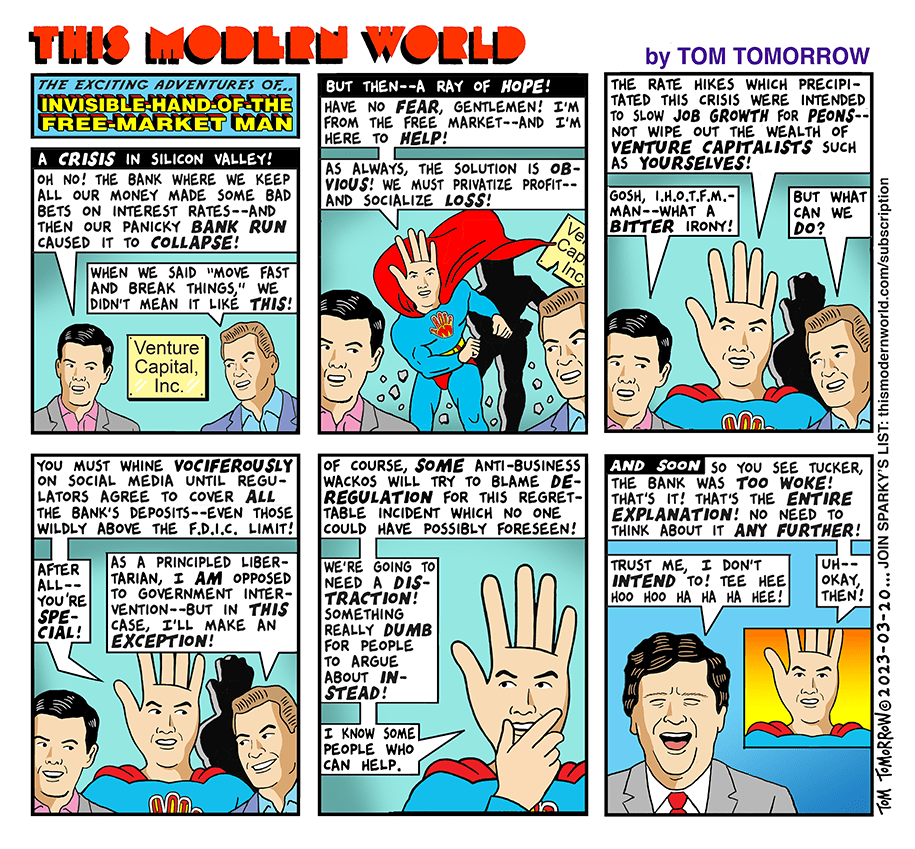Unfortunately, I know LaTeX a lot better than I know MathJax. The \bbox command being used there is a MathJax addition and doesn’t seem to allow specifying a fixed width. The best I could come up with is to use a fixed-width font, by using \texttt rather than \text:
\begin{aligned}
&\bbox[silver,5px,border:1px solid black]{\texttt R}
\bbox[silver,5px,border:1px solid black]{\texttt A}
\bbox[silver,5px,border:1px solid black]{\texttt T}
\bbox[silver,5px,border:1px solid black]{\texttt I}
\bbox[silver,5px,border:1px solid black]{\texttt O} \\
&\bbox[silver,5px,border:1px solid black]{\texttt C}
\bbox[silver,5px,border:1px solid black]{\texttt L}
\bbox[silver,5px,border:1px solid black]{\texttt U}
\bbox[lime,5px,border:1px solid black]{\texttt E}
\bbox[yellow,5px,border:1px solid black]{\texttt S} \\
&\bbox[silver,5px,border:1px solid black]{\texttt N}
\bbox[silver,5px,border:1px solid black]{\texttt Y}
\bbox[silver,5px,border:1px solid black]{\texttt M}
\bbox[yellow,5px,border:1px solid black]{\texttt P}
\bbox[silver,5px,border:1px solid black]{\texttt H} \\
&\bbox[silver,5px,border:1px solid black]{\texttt B}
\bbox[silver,5px,border:1px solid black]{\texttt A}
\bbox[silver,5px,border:1px solid black]{\texttt D}
\bbox[silver,5px,border:1px solid black]{\texttt G}
\bbox[yellow,5px,border:1px solid black]{\texttt E} \\
&\bbox[lime,5px,border:1px solid black]{\texttt S}
\bbox[lime,5px,border:1px solid black]{\texttt W}
\bbox[lime,5px,border:1px solid black]{\texttt E}
\bbox[lime,5px,border:1px solid black]{\texttt E}
\bbox[lime,5px,border:1px solid black]{\texttt P}
\end{aligned}


